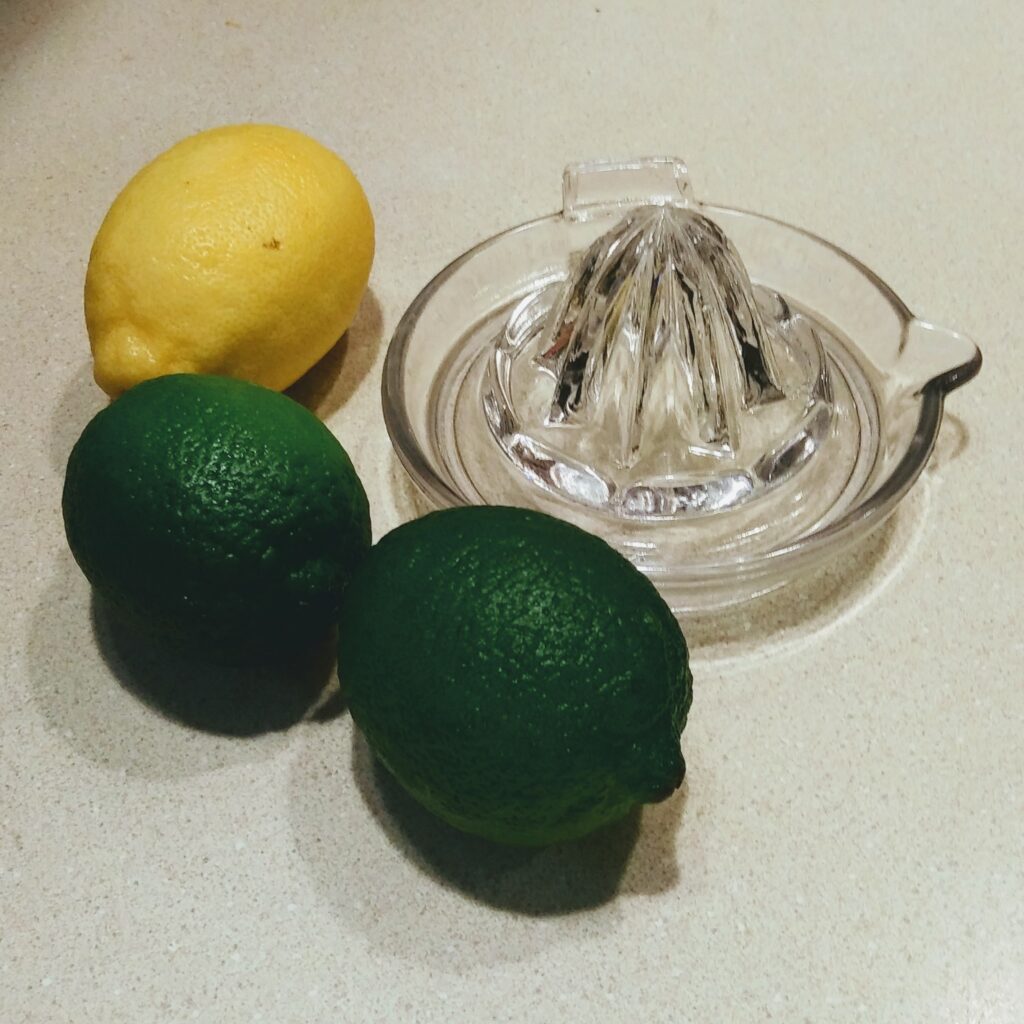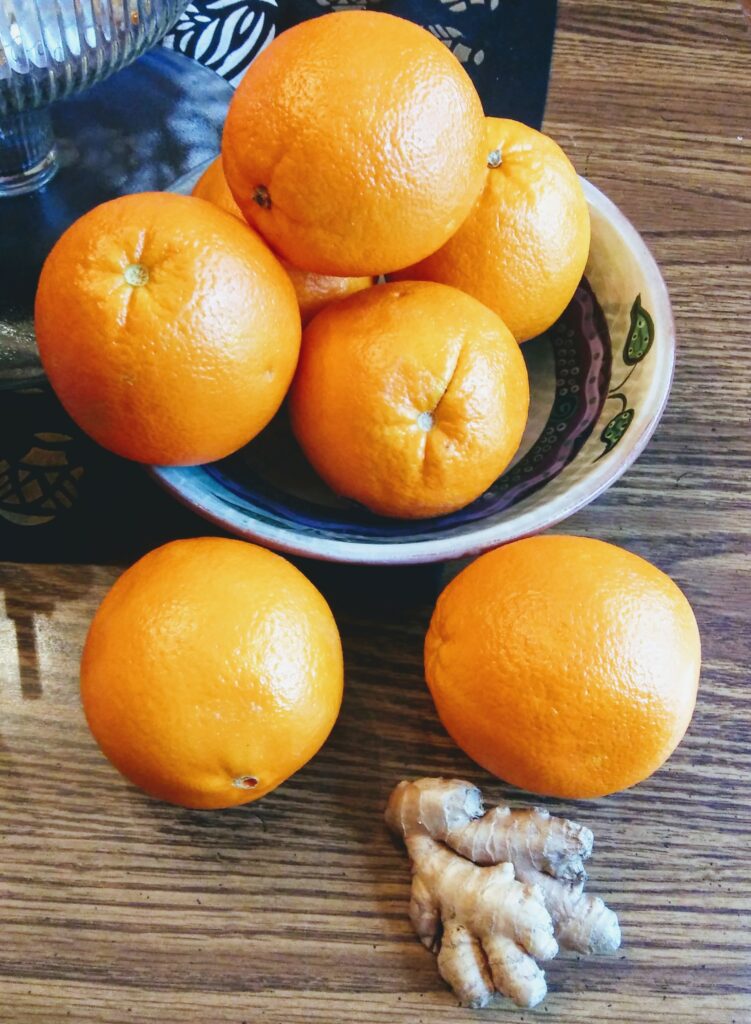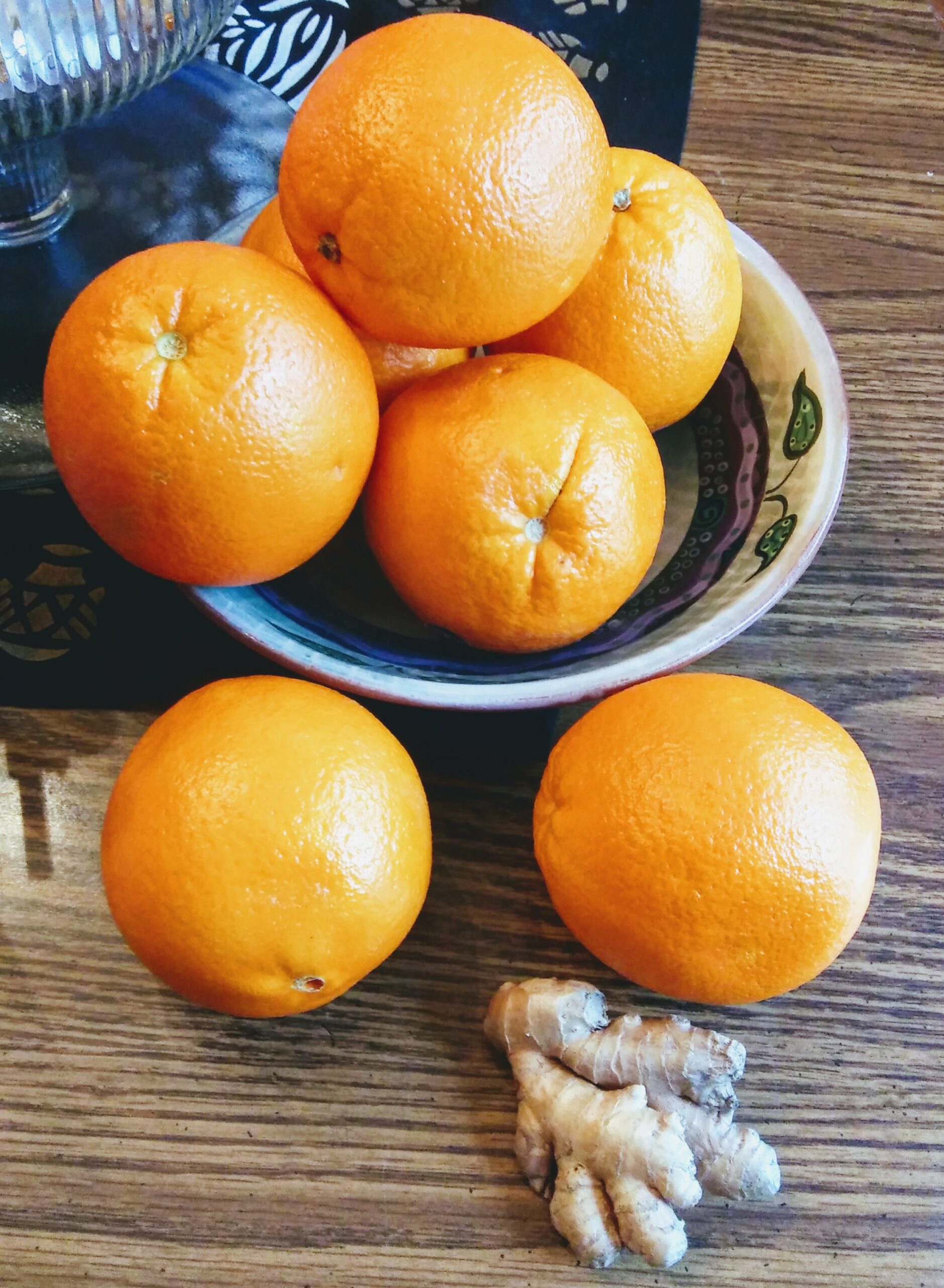Today I attended a webinar about growing potted oranges and other tropical fruit. The program was entitled “Growing Citrus and Minor Tropicals Indoors”. I live in weather zone 7, so that means orange trees don’t grow year around outdoors, it’s too cold.
So, the only way to grow an orange, or other citrus tree, is to grow it in a pot. During the summer months, it goes outside in the sun. In the fall, when the weather goes down to 50 degrees F., the plant is taken indoors for the winter.
Potted Citrus Growing Tips
Citrus trees are for all seasons.
Use potting soil made for citrus fruits, cactus, or tropical plants. The soil must have air spaces so the roots don’t rot. Soil should be evenly moist, but never wet. Adding coco chips, organic bonsai mix potting soil, and expanded shale will increase the air pockets in the soil.
Never fertilize a thirsty plant. Thoroughly water a plant and then wait 12 hours or more before fertilizing. A thirsty plant can take up too much fertilizer and burn the plant.
Citrus trees need a half-day of sunlight or more each day. Use grow lights to increase sunlight to the plant.
If the potted trees are troubled with insects, spray with Neem Oil. It is best to check for mites and insects infestations all year round. Also, spray twice with Neem Oil before bringing the trees indoors for the winter to kill any hidden insects.
Pot Size Rule of Thumb – The larger the pot, the larger the tree will grow. If grown in a smaller pot, pinch prune as needed.

Semi Tropical Plants & Growing Zones
A quick primer on several semi tropical plants.
Olive Trees – grown in zones 8-10, trees can be wrapped to survive cold winters. Years ago, my neighbor would dig up his fig tree every year, place it in a ditch, and cover it to protect it during the winter months. Then in the spring, he would dig it up and replant it. The olive tree was special to him since it came from Italy.
Oranges, Lemons, & Limes – grown in zone 7 – Key limes might need slightly warm water for watering but never use hot water. Also, use a moisture meter to check the water in several areas of the pot. Slush water through the pot to wash out any salts from previous fertilizer use.
Common figs grow in zones 6-9. Figs are generally easy to grow without insect issues.
Japanese Persimmons – Fugu Jiro and Imoto Hychiya, grown in zones 7 to 10.
Loquats, need sun and roots might need extra heat during cold winters. Loquats produce fuzzy looking fruit.
Pomegranates – grown in zones 7. Pomegranates needs maximum sun. Many seen in grocery stores are grown in the San Juaquin Valley Area.
Dates/Palms – grown in zones 8-9
Jaboticaba, grown in zone 9. Jaboticabas are rarely seen in grocery stores and look like a grape.
Growing Pineapples
The speaker demonstrated how to grow a tropical pineapple from the top green crown.
First, twist the top off of a regular pineapple and then tear off some of the bottom leaves. Leave the top on the window sill for a couple of weeks and then plant in potting soil. Pineapple plants like full sunlight. There are also mini pineapple plants available at local garden centers. Pineapple plants need extra energy to bloom and fruit.

Ending Notes on Growing Potted Oranges
This online program was very interesting and I learned a lot of growing potted oranges and other tropical plants. I still remember the smell of orange blossoms while walking by a row of blooming trees.
Growing orange trees or other tropical plants is possible. But do not expect more than an orange or two from an indoor grown tree.
Special Thank You to Paul of Merrifield Garden Center for his webinar “Growing Citrus and Other Minor Tropicals” from which information on this blog was taken.

